The Imagination
Use Crafts And Activities
To Light That Spark
Children today don’t really have to use their imagination. They have toys, television and games that will do it for them. This doesn’t mean that side of the brain is not necessary ready to learn. It is very important. Helping preschoolers learn to imagine what can be fun for all concerned.
Kids using their imaginations is crucial for a child’s livelihood. Giving them the help they need to use that imagination and learn is very important. Use your own to come up with ways to help children learn and experience their own world of imaginative thinking.
Get The Imagination Going With
Dancing, Let's Get Up And Move
Even the youngest of children love to dance. So let’s get up and move and boost their confidence in the meantime!
Pick a children’s song such as I’m a little Teacup or Pop Goes the Weasel. Make sure you have a recording of this song so it can be played to the entire class in order to learn a dance to it.
On their own or in a group.
Separate the kids into groups of four. You may want to make certain there is one good “mover and shaker” in each group. Have each group pick a choreographer to teach the other three in the group a dance to go with the song. Make sure you give each group ample time to learn the steps to the dance. Once every group learns their dance, each group will stand up and perform their dance to the audience.
If one group has really learned their dance well, you can have that group teach the others the dance. This will create a huge amount of fun and laughter for all involved.
Let them pick their own style, for example if you play the music to "The Jungle Book", Well I guess we can all predict the dance moves.
What Pops A Balloon?
Scientific experiments don’t have to be limited to older children. Here is a great experiment for your younger learners that will promote questions and have them thinking outside the box.
Inflate six balloons with equal amounts of air and similar size. The instruments you will need and have control of: a paperclip and an unfolded paper clip; a flat, blunt ended toothpick and a round, pointed end toothpick; a newly sharpened pencil and a new unsharpened pencil. Making three groups if possible. One on one will be fine, place one balloon behind each set of instruments on a table in front of the kids. As to not harm the children with sharps, you will conduct the experiment with instructions from the kids.
Ask the children as a group or individual child, which toothpick they think will pop the balloon, the pointed or blunt ended? If the majority of kids say the blunt, use that tooth pick to attempt to pop the balloon. If the balloon pops, lay the remnants of the balloon behind the toothpicks, if it does not, replace the inflated balloon. Repeat this action for the balloon behind each of the next two sets of instruments.
Based on what happened in the first portion of the experiment, ask the kids for three suggestions of items in the room. Use those suggestions to attempt to pop the remaining three balloons.
For any scientific experiment you must come up with a conclusion. Ask the kids what caused the balloons to pop? Why did one pop and not the other? See if they can come up with the conclusion to the experiment. You may find you have that scientist in the making.
Creating Origami Party Hats
Dressing up is fun and hats are a way to express how much of an individual you are.
Provide each child with a brown paper sack. The size of sack will be determined by their ages, it will need to fit on their heads as a hat. You may need to use a hole punch and yarn or sticky tape to form a drawstring in the folded band. This will tighten the hat to avoid having the sack fall over their eyes and obstructing vision.
Explain that Origami is a form of art performed by folding paper. By using your own sack, show the kids how to open the sack as if they were putting something in it. Turn down the top of the sack twice to form a band. Then close the sack and lay it on the table flat with the flap that forms the bottom of the sack facing up. Fold each top corner of the sack down to the center of the flap to form a sort of flat ended triangle. Turn the sacks over so that the flap will be the back of the hat.
Provide glue sticks, scraps of colored paper, cloth, yarn, crayons, magazine pictures or any age appropriate item that can be used to decorate their hats. Give them ideas like funny things that stand up on top, pretty colors, or floppy dangles. Have the kids decorate their hats in any fashion they like. Let them be creative and individuals.
Having this Origami activity prior to snack time will turn a normal snack time into a hat party they will remember.
Play Acting
Play in general can help with imagination. Come up with different scenarios where the kids can act out different people or animals. Have a play in which the children can be different people. Maybe try having a play where hand puppets are involved. This is a great way for kids to use their imaginative play.
Arts And Crafts
Arts and crafts are also a way to allow children to use their imagination. Do crafts that are decorated with colorful items. Let them color, use ribbons, pompoms, glitter glue anything age appropriate and even stickers to decorate their crafts to their wildest dreams.
The Storyteller Game
You begin the story. Make it wild and crazy to help the kids understand what it you are looking for. Then allow each child to add a little as you go around the room. Before you know it there will be a work of fiction in the making.
Outdoor Play
Take children outside and let them use their imaginations. Show them the wonders of nature and then let them talk about how they may live as creatures, what they may be thinking or how their lives compare the human life.
To Help Busy Mums and Dads Here Are Some Related Shopping Items
When you purchase from this link, you are actually purchasing from Amazon.com, and you can have peace of mind that your order will be processed by Amazon’s secure order server.

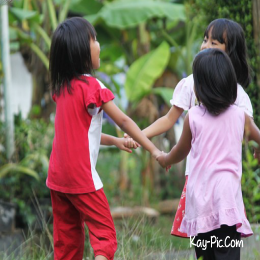
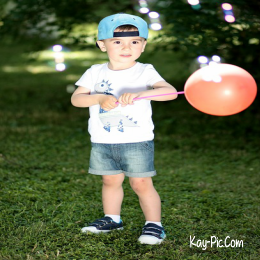
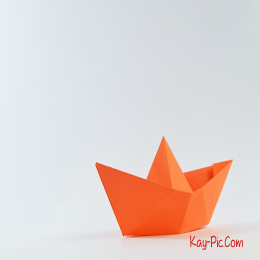
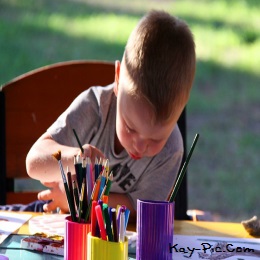
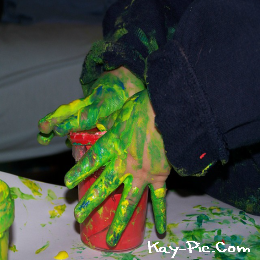
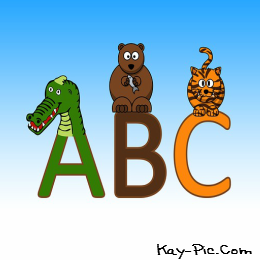
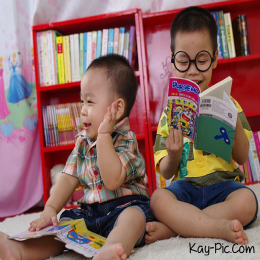
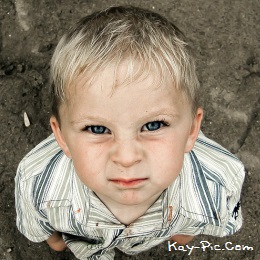
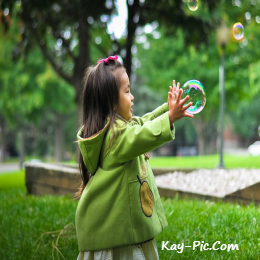
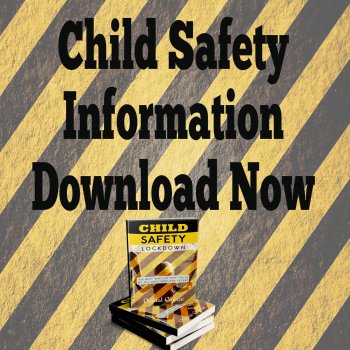


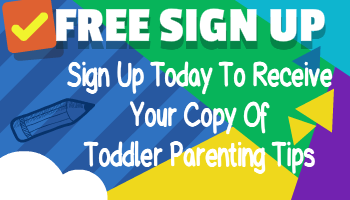
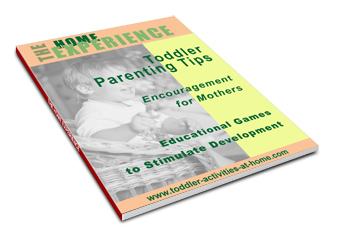



New! Comments
Have your say about what you just read! Leave me a comment in the box below.